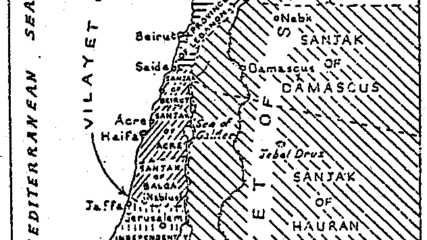April 25, 1982
The Camp David Accords, mediated to conclusion by US President Carter, are signed on the White House lawn on September 17, 1978. Based upon UN Security Council Resolutions 242 and 338, the Accords consist of two parts: the first is focused on Egyptian-Israeli relations and the second on the methods and procedures to establish Palestinian Arab political expression through the concept of autonomy. Despite this historic progress, the PLO and other Arab states vehemently oppose Egyptian President Sadat’s diplomatic acceptance of Israel; Arab states in fact intentionally isolate Egypt from inter-Arab affairs.
A major pillar of these accords was the return of the Sinai Peninsula to Egypt, which was acquired by Israel during the June 1967 War. The accords eventually lead to the Egyptian-Israeli Peace Treaty, signed on March 26, 1979.
Despite efforts to initiate Palestinian autonomy as part of the process, Carter’s efforts are not successful. The exchange of the Sinai Peninsula for peace, however, remained as the central component of the agreement. A plan which lays out a series of steps to dismantle Israeli settlements and infrastructure in the Sinai, and return it to Egypt is put into place.
On April 23, 1982, amid strong domestic opposition, Israel evacuates and razes the city of Yamit, the final Israeli settlement to be evacuated in the Sinai, as part of the return of the Sinai to Egypt. Two days later, Israel finishes the three-year process of complete withdrawal from the strategically important and mineral rich Peninsula. The completion of this act is the final fulfilment of the promise made by Israel to Egypt in the 1979 treaty. In return, Egypt acknowledges Israel’s right to exist, and promises to live peacefully as neighbors.
The peace treaty with Egypt is the first between Israel and any of its Arab neighbors, and it remains in effect today.









